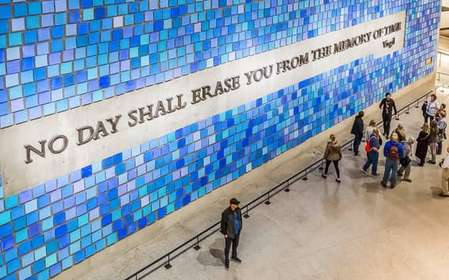- Home
- Useful Tips
- Planning a perfect day at the...
Navigating the Metropolitan Museum's 2 million square feet can overwhelm even seasoned travelers. With over 7 million annual visitors competing to see iconic pieces like Van Gogh's Self-Portrait or the Temple of Dendur, many leave having missed their must-see artworks while battling fatigue from endless corridors. A 2023 visitor survey revealed 68% felt they 'didn't see everything they wanted', with 42% citing poor time management as their biggest regret. The Met's sheer scale transforms what should be an awe-inspiring cultural experience into a stressful marathon of missed connections and decision fatigue. Without a smart approach, you risk wasting precious NYC vacation hours wandering galleries rather than connecting meaningfully with world-class art.


Beating the crowds – when locals visit the Met
New Yorkers know the Met's magical hours occur when tour groups haven't arrived. Aim for weekday openings at 10am (especially Wednesdays when the museum stays open late) or the tranquil hour before closing. Sundays after 3pm see a noticeable dip as weekend travelers head home. Rainy days bring surges, while pleasant weather often means lighter attendance. The American Wing courtyard and smaller collections like the musical instruments galleries offer respite when the European paintings overflow. Security guards whisper that the Great Hall clears briefly around 1:30pm as lunch shifts change – your perfect moment to admire the stained glass without jostling.
Curating your perfect Met itinerary
Trying to see everything guarantees museum burnout. Start by downloading the Met's official map and marking three 'must-see' pieces – perhaps Washington Crossing the Delaware, Monet's Water Lilies, and an Egyptian sarcophagus. Build your route around these anchors, allowing serendipitous discoveries along logical pathways. The museum's layout naturally flows from ancient to modern if you follow gallery numbers sequentially. For deeper context, the free Met audio guide (available via app) offers 60+ highlight commentaries. Art educators recommend limiting focused viewing to 90-minute blocks followed by café breaks in the rooftop garden (seasonal) or the Petrie Court's natural light.
Hidden gems most visitors miss
Beyond the Instagram hotspots, the Met holds quieter marvels. The Antonio Ratti Textile Center displays 36,000 fabrics spanning 5,000 years, with weekly rotating pieces you might have to yourself. The Astor Chinese Garden Court recreates a Ming Dynasty courtyard with authentic materials – listen for the water drip creating zen rhythms. Few climb to the second-floor drawings galleries where Da Vinci sketches rotate quarterly. The medieval armor collection's intricate engravings reveal up close, while the European sculpture hall's natural light transforms at golden hour. Ask guards about their favorite underrated pieces; many will gladly point you to treasures like the 16th-century Persian chess set in Gallery 455.
Smart ticket strategies for stress-free entry
While the Met's 'pay-what-you-wish' policy technically applies only to NY state residents, the suggested admission line often moves faster than the general queue. Purchasing online tickets in advance guarantees entry during peak seasons without haggling. Student and senior discounts require ID but can save 50%. For serious art lovers, the $110 annual membership pays for itself in three visits with perks like early access hours and member-only lounges. Budget travelers should note that same-day tickets grant access to both the Met Fifth Avenue and the Cloisters uptown – consider splitting your visit across two days for deeper exploration without overwhelm.



